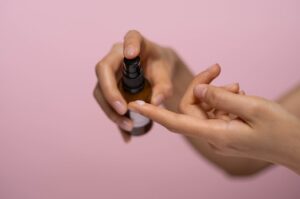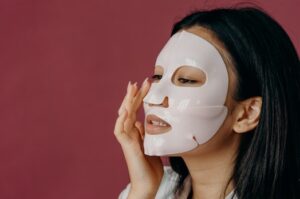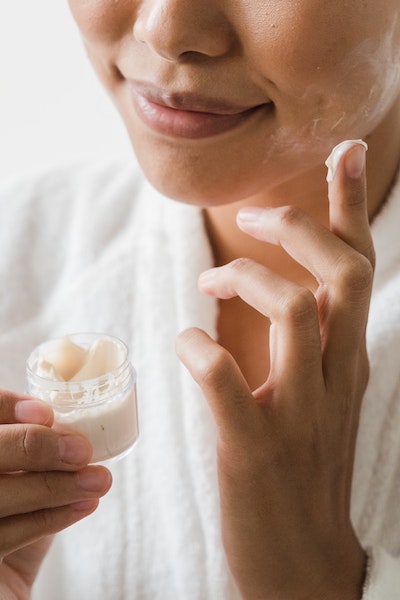Alpha hydroxy acid (AHA) and beta hydroxy acid (BHA) are common ingredients in various skincare products, from cleansers to scrubs to peels. The purpose of both hydroxy acids is to exfoliate the skin. The effectiveness of the acid depends on its concentration, not the type.
Both AHAs and BHAs are effective exfoliants. Each hydroxy acid can reduce inflammation, which can reduce the appearance of skin conditions like acne and rosacea. Also, both ingredients can improve overall skin texture, decrease the appearance of large pores and wrinkles, even out complexion, and remove dead skin cells. Despite the similarities between AHAs and BHAs, there are some noticeable differences.
Critical Differences Between AHAs and BHAs

Produced from sugary fruits, AHAs are water soluble. They work on the skin's surface, peeling away the uppermost layer. The exfoliation process reveals newer cells and creates a more even complexion. Many users of AHAs say their skin feels smoother after use.
Alternatively, BHAs are oil-soluble, meaning the acids get deeper into the pores and the surface of the skin. Because BHAs achieve deeper exfoliation, they can potentially remove more dead skin cells and excess sebum.
Deciding on the Appropriate Acid for Your Skin

Manufacturers often advertise AHAs as safe for all skin types, but anyone with sensitive or dry skin should take care. It is best to work up gradually to daily use with an AHA.
Most people who use products containing AHAs do so to treat specific skin issues. The primary uses for AHAs include:
Uneven skin tone
Surface wrinkles and fine lines
Mild hyperpigmentation
Enlarged pores
BHAs are more suitable for users with combination or oily skin. Products containing BHAs penetrate deep into pores and hair follicles, dry out excess oils, remove dead skin cells, and unclog your pores. Like AHAs, it is best to build up a daily tolerance to products.
The primary uses of BHAs include the treatment of sun damage and acne. Some people report success in treating rosacea-related redness. People with calm, sensitive skin may experience some success with lower concentrations of the ingredient but should be cautious of overuse.
Tips for Using AHAs and BHAs

AHAs and BHAs are effective exfoliants. When selecting an AHA, choose a product with a maximum concentration of 15%. Use the product every other day until your skin gets used to it, typically one week. AHAs increase your skin's sensitivity to the sun, so wearing an appropriate sunscreen is necessary to prevent burns, age spots, and skin cancer risks. AHAs include several acids, including:
- Citric
- Glycolic
- Tartaric
- Lactic
- Mandelic
- Malic
Like AHAs, you can use BHAs daily. However, because the acid penetrates deeper, you may want to start by only using BHA-containing products a few times per week. While the acids will not make your skin as sensitive to the sun, sunscreen is still recommended.
The most common BHA is salicylic acid at concentrations between 0.5% and 5%. It is commonly used to treat acne and can help calm inflammation and redness.
AHAs and BHAs are both effective skincare tools. The correct hydroxy acid depends on your skin type and tolerance. A BHA-containing product is likely best for oily skin, but for more sensitive skin types, AHAs are preferable. Talk to your dermatologist to learn more.

